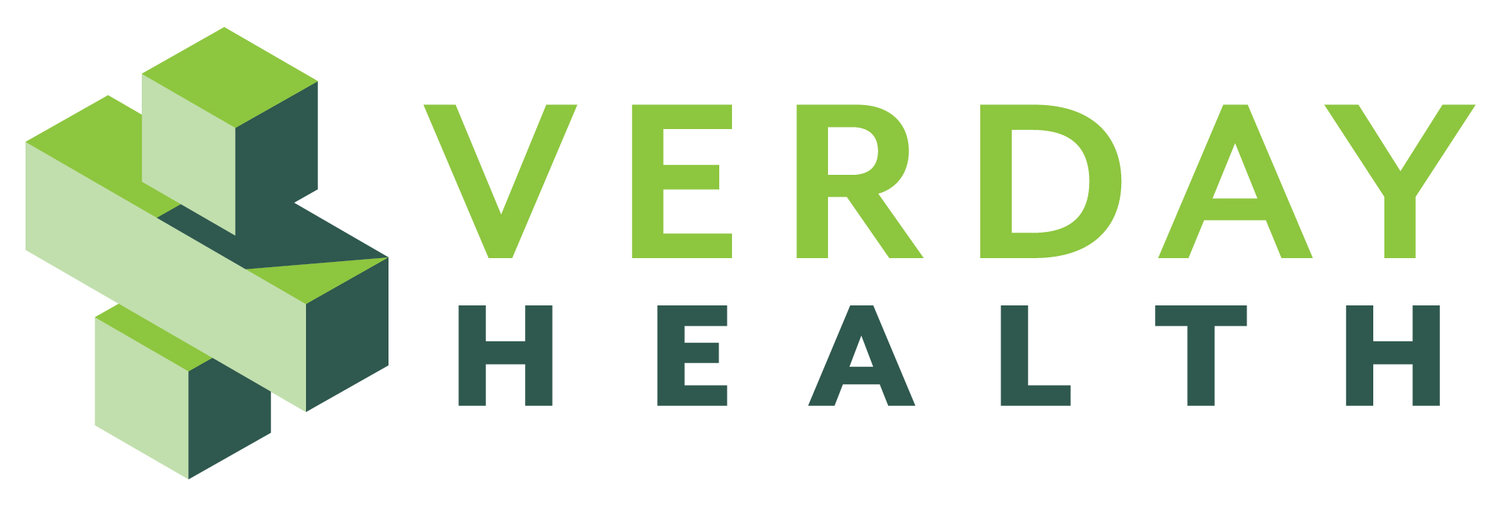What is Pre-Design?
Pre-design is the phase of preparation and analysis that occurs before design begins. During the pre-design phase, studies are done to analyze space requirement issues, the constraints and opportunities of the proposed site, and the cost versus the budget.
Also – and critically – this is the time when Verday Health engages with stakeholders to understand their interests and needs to ensure that the final design reflects the diverse perspectives of those who will be served by the space – patients, physicians, families, healthcare professionals, and anyone who has an interest in the quality of the experience navigating the space.
Here are some activities that typically occur during the Pre-Design phase:
• Determining financial feasibility
• Developing and establishing project team
• Ensuring community engagement and collaboration is integrated in the planning process
• Working with neighborhood leaders
• Obtaining property acquisition and site control
• Finding out city/county/state requirements, and refining the project budget
Lean processes and sustainability are also further developed in pre-design.
With Evidence-Based Design, this is a stage when we critically interpret the evidence available to justify design decisions. This is also the time when you’ll define whether your project will achieve LEED status (and at what level) or just follow USGBC or Green Guide for Healthcare (GGHC) recommendations.
Verday Health has a special edge in accomplishing these goals. We are both EDAC (Evidence-Based Design Accreditation and Certification) and LEED accredited. In addition, we have training and experience in design thinking/human-centered design through the Stanford University d.school – the global leader in human-centered design.
Pre-Design Consulting
As experts in EDAC and human-centered design, Verday Health also provides consulting services in the Pre-Design phase for those organizations who can benefit from outside leadership on how to work with communities and diverse constituencies.
This may involve the following:
• User interviews, including patients, providers and other stakeholders
• User field observations, studying how users interact and navigate the space and identifying opportunities for improvement
• Home visits of patients, if appropriate
• Transportation review and analysis
• Process mapping
• Facilitation of community meetings and town halls

